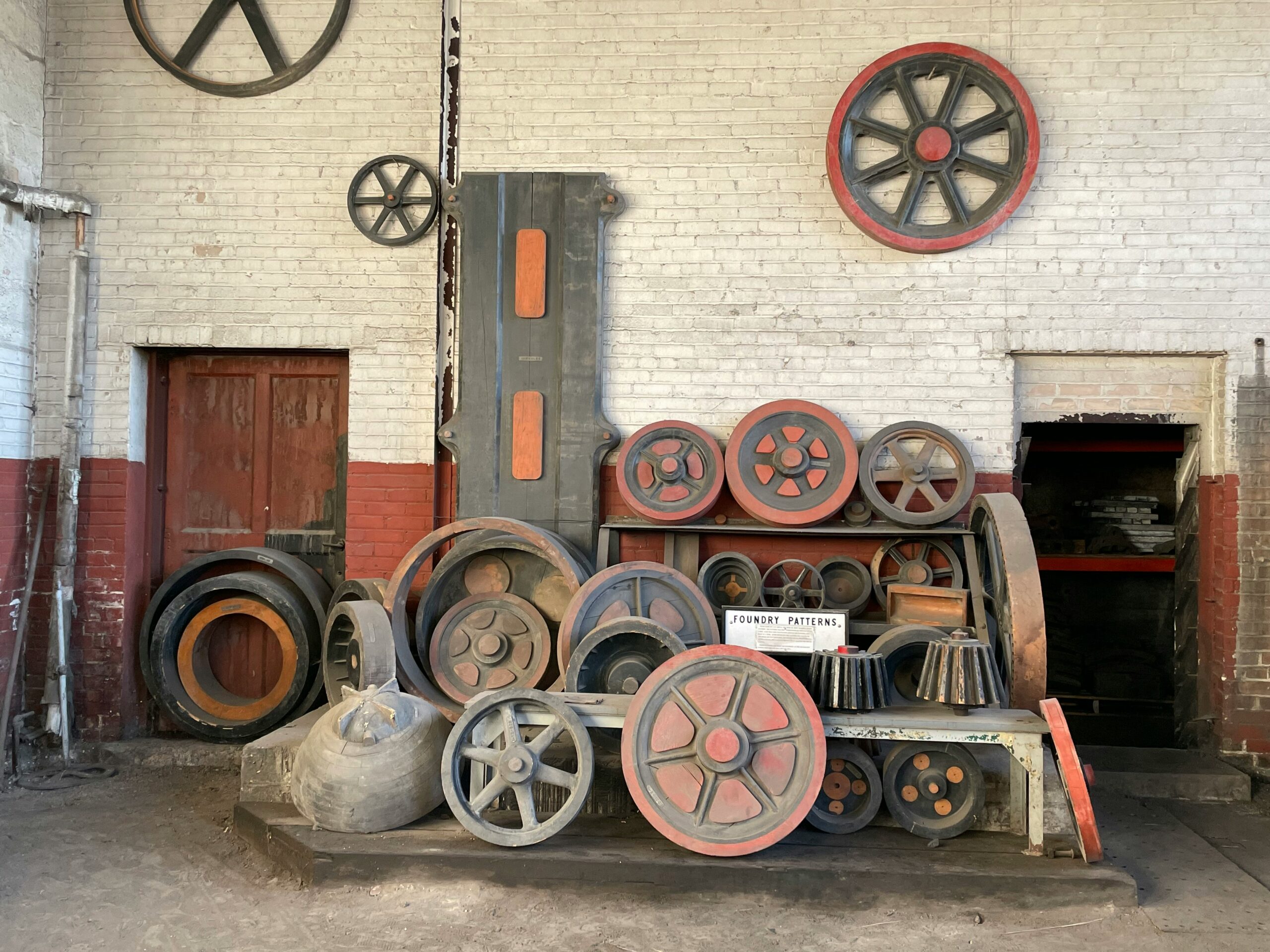
The Sim Corder/Harrison Mill is a key historical landmark representing a significant chapter in America’s industrial growth. From its establishment in the mid-19th century to its pivotal role in shaping the local economy and industry, this mill has witnessed technological advances, economic changes, and social transformations essential to the nation’s development. As one of the many mills that dotted the landscape during the Industrial Revolution, it serves as a reminder of the power of early industry in shaping modern society.
The Origins of the Sim Corder/Harrison Mill
The Sim Corder/Harrison Mill story begins in the rapidly industrializing landscape of the mid-1800s. Established during the transition from an agrarian economy to an industrialized one, the mill quickly became a cornerstone of local commerce and development. Sim Corder, the entrepreneur behind it, recognized the need for a mill to meet the region’s growing demand for grain processing. The mill was strategically chosen near water sources, providing the necessary energy to power its equipment.
The role of water-powered mills during this period cannot be overstated. Using a waterwheel to convert the energy of flowing water into mechanical force, the mill processed grains like wheat, corn, and oats into products such as flour and meal. This ability to harness water power was revolutionary before widespread electricity. It allowed mills like the Harrison Mill to operate efficiently and on a larger scale than earlier mills. The mill quickly became an economic hub for the surrounding community, providing employment and essential goods to a growing population.
Economic Impact and Community Growth
The economic impact of the Sim Corder/Harrison Mill was felt far beyond the mill itself. It contributed significantly to the development of the local community and played a vital role in regional trade. As the mill processed grain into flour and other products, it enabled the exchange of goods between farmers, merchants, and consumers. This helped establish a thriving marketplace for agricultural products. The exchange wasn’t limited to the immediate area; it also reached nearby towns, creating a trade network that relied on the mill’s output.
The mill provided essential jobs to the local population, employing skilled laborers to operate machinery and farmers to bring grain for processing. These jobs were vital during a time when many relied on agriculture for income. As the mill expanded, it needed more workers, boosting the local economy and strengthening the community. The mill also helped other businesses grow, including general stores, transportation services, and industries dependent on its production.
The Technological Evolution of the Mill
The technological advancements at the Sim Corder/Harrison Mill reflect the broader changes in industrial practices that characterized the 19th and early 20th centuries. As the mill matured, new technologies were introduced to increase efficiency and enhance product quality. One of the most significant innovations was the introduction of roller mills, which gradually replaced traditional stone grinding methods. Roller mills were more efficient, producing finer and more consistent flour, a crucial factor in meeting the growing demand for processed grain products.
The use of steam engines marked another critical development at the mill. As steam-powered machinery became more common in the late 1800s, the Harrison Mill added steam engines to complement the waterwheel. This provided more consistent power, allowing the mill to operate at full capacity despite low water levels. The hybrid power system helped the mill stay competitive and expand its operations. It marked a shift, enabling mills to operate year-round and under varying conditions.
The Mill’s Role in Industrial Expansion
The Sim Corder/Harrison Mill was not just a local business; it played a vital role in the broader industrial expansion across the United States. Mills like Harrison Mill were crucial to the nation’s industrialization, particularly in agriculture and manufacturing. The growth of milling operations also fueled demand for other industries, including transportation, construction, and retail, all interconnected in the larger industrial ecosystem.
The mill’s contribution to the national economy was especially significant during rapid urbanization and industrialization in the late 19th century. As cities grew, the demand for affordable and accessible food products, mainly flour, skyrocketed. The Sim Corder/Harrison Mill produced high-quality flour in large quantities, becoming an integral part of the supply chain. It helped feed the growing urban population by providing essential products to rural and urban communities. The mill played a crucial role in meeting the needs of a rapidly changing nation.
Preservation and Historical Significance
Today, the Sim Corder/Harrison Mill is a preserved piece of American industrial history. While no longer operational, the mill’s historical significance is recognized and celebrated through preservation efforts and educational initiatives. It serves as a living history museum, offering visitors a chance to experience the past and learn about the technological, economic, and social forces that shaped early industrial America.
The mill’s preservation honors the legacy of those who worked there and the communities that relied on it. Today, it attracts visitors keen to learn about the Industrial Revolution and the mill’s role in shaping the U.S. Future generations can connect with this important history.
Reflecting on the Legacy of the Sim Corder/Harrison Mill
The legacy of the Sim Corder/Harrison Mill extends far beyond its time as a functioning industrial facility. The mill symbolizes the transition from a rural, agrarian economy to a more industrialized nation, showcasing the role of innovation, labor, and trade in shaping the country. Its technological advances, economic contributions, and cultural significance make it an essential part of America’s industrial heritage.
As a historical site, the Sim Corder continues to educate visitors about the past while offering insight into the profound impact of early industry on the nation’s growth. The mill began as a water-powered grain mill and played a key role in economic development and innovation. Its story reflects the ingenuity of those who built it, leaving a lasting legacy that continues to inspire today.